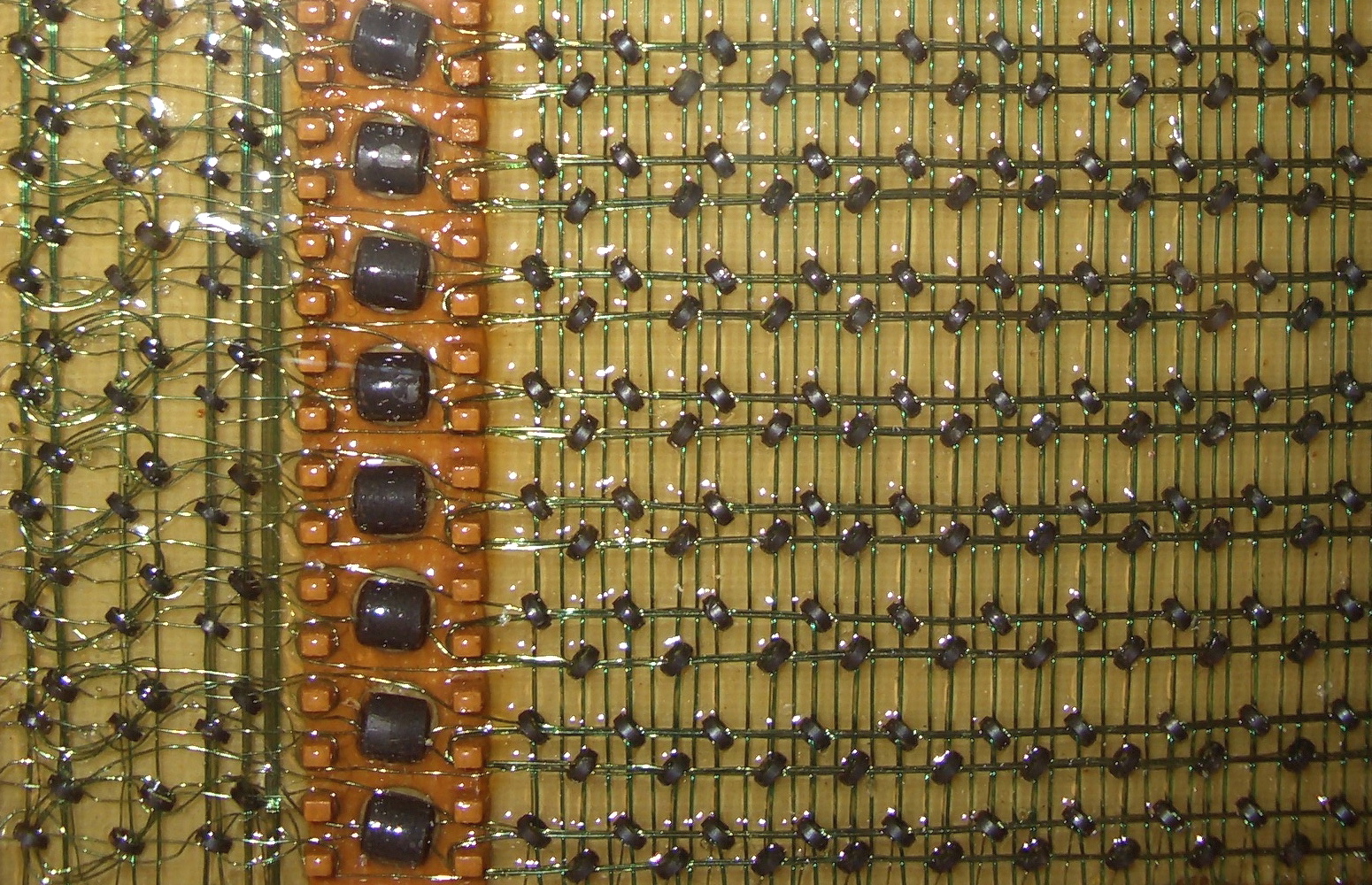Matthew C. Baldwin is Professor of Religion and Philosophy at Mars Hill University, where he teaches ancient history, Biblical literature and classical Biblical languages, and method and theory for religious studies. He lives in Asheville, North Carolina.
Have you noticed the recent explosion of interest the category of “memory” among scholars of history, culture, and “religion”?
A WorldCat search of books published since 2000 in “su:Religion” turns up 522 works with the word “memory” in a title. Looking at peer reviewed journals, a search of ATLA turns up 61 articles published since 2000 in “SU Religion” including the title word “memory.”
Notable among these titles is the phrase “cultural memory.” WorldCat lists 29 “su:Religion” books with the title phrase published during 2000-2016, and 581 books across all subjects; for the same period ATLA lists 57 peer-reviewed articles in all subjects. (These numbers grow daily.) Furthermore, institutions are devoting resources. Several universities have established institutes. SAGE publishes a journal. There is a handbook, a companion, an introduction, several edited volumes from conferences, and evidence of academic courses dedicated to “cultural memory.”
A recent programmatic essay describes “cultural memory” as a “nascent field,” interdisciplinary in scope, and dedicated to the study of “all those processes of biological, medial, or social nature which relate past and present (and future) in sociocultural contexts.” (Given such a definition, it seems to me that almost anything humans do is potentially of interest to the student of “cultural memory.” Does that problem sound familiar to scholars of “religion”?)
Thus, the data from the academic and publishing worlds shows that, both inside and outside of religious studies, scholars increasingly have embraced “memory” and “cultural memory” as important conceptual tools for their work. And although there’s no space here to do a full taxonomic classification of how appeals to “memory” function throughout the literature, it may still be worth interrogating the phenomenon.
The idea of “cultural memory” turns on the re-classification of those cultural processes which transmit ideology, knowledge and structure across generations as a type of “memory.” To call such processes “memory” is a figure of speech, or an analogy. The analogy works by suggesting that cultural processes are functionally comparable at the societal level to how processes of (biological) “memory” work at the individual level.
Like any other analogy or figure of speech, appeals to “memory” risk evoking more than the figure intends.
Biological entities have a neurological power to recall past experience in service of their present, usually future-oriented action. This we properly term “memory”—and what else would we call it? For the human individual, this power of recall is fundamental to the sense of self. Memory may be slippery and unreliable. It is definitely malleable and subject to revision and repression. It doesn’t kick in immediately (durable long-term memory formation doesn’t kick in until the human reaches 4-6 years of age), and it is subject to decay with age. Ultimately, all memories fade into oblivion. And yet memory alone anchors our knowledge and identity. We cannot even conceive of consciousness apart from its relation to “memory;” conscious awareness without the ability to recall past states of mind would not be consciousness.
It is obvious that there is no neurological substrate in which “cultural memory” could persist, as such. The idea of culture is an heuristic used to describe the aggregate of human activity in the present, lacking any independent ontological status. And so, appeals to the analogy of “cultural memory” may risk promoting an essentializing view of “cultures” as distinct historical phenomena (like biological entities) with a stable relation to a single past (consider such phrases as “Israelite memory,” “German memory,” “American memory,” “Christian memory,” etc.).
Studies which label cultural processes “memory” may also risk reproducing emic categories without sufficient critical redescription. Many social actors represent their accounts of the past as “memory” (as in memorial rituals, advertisement, political speeches, etc.). Social actors can use appeals to “memory” to represent entirely contingent and factitious social forms as if they, like “memory,” were merely a result of the natural, involuntary and inevitable recall of identity and experience.
Appeals to “memory” that are inattentive to the status of the concept as an analogy can end up mystifying ordinary discursive practices. They might make it sound as if social processes (like rites, repetition of verbal texts, production of artifacts) are more like Proust smelling madeleines and being transported into a remembrance of things past, than they are like a basket of discursive tools available for groups to use reproducing (or challenging) social forms of life.
Mystifying appeals to “memory” represent a conservative impulse in scholarship. Some of these over-emphasize the ways that cultural forms are “durable” or “stable;” the focus on cultural processes as a “preservative” of actual human “memory” and know-how. This can, for example, result in invocations of “memory” that bolster insider claims about the representative accuracy of traditional narratives.
Certainly, the most sophisticated students of “cultural memory” realize that the really interesting work to be done in their “nascent field” involves studying the widespread phenomenon of the ways that social actors represent “memory” in their discourse.
But others seem drawn to the term because “memory” promises a way around the epistemological problem of oblivion. And this romantic and conservative impulse should give pause to anyone who feels tempted to label discursive forms and artifacts as transmissions of “memory.”
